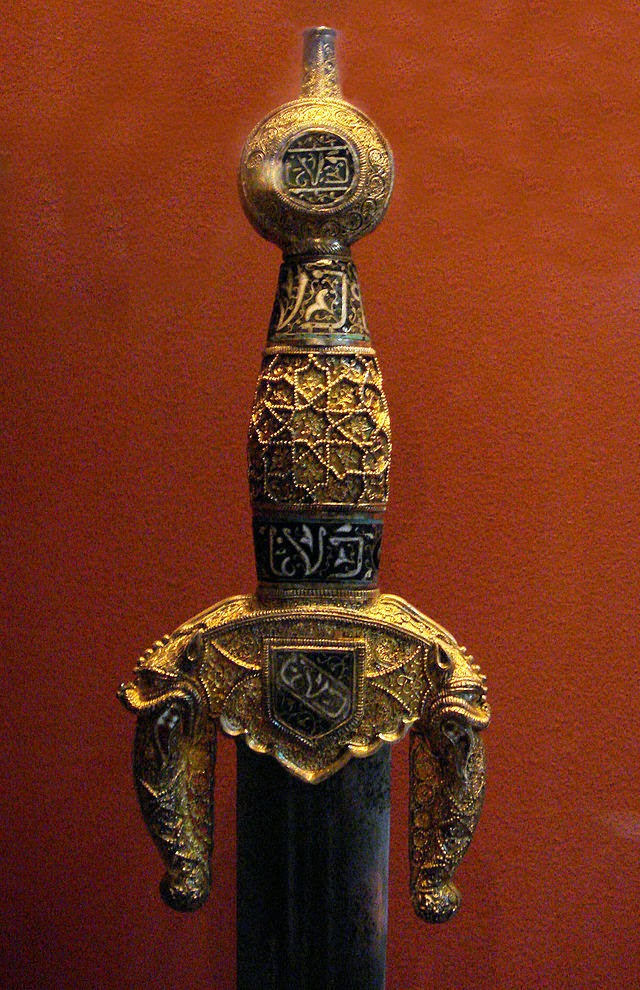This week, we're welcoming author Sandra Jones, whose latest title is HER WICKED CAPTAIN, book #1 of the River Rogues series. One lucky visitor will get a free copy of Her Wicked Captain. Be sure to leave your email address in the comments of today's author interview for a chance to win. Winner(s) are contacted privately by email. Here's the blurb.
She played right into his hands.
Possessing uncanny people-reading skills like her mama, Philadelphia “Dell” Samuels has spent thirteen years in her aunt’s rustic Ozarks home, telling fortunes over playing cards and trying to pass as white. But the treacherous Mississippi River childhood her mama dragged her away from finally catches up to her on a steamboat captained by her old friend Rory Campbell.
Known to his crew as the Devil’s Henchman, Rory is a gambler in need of a miracle. Following the cold trail of his boss’s wife and bastard daughter, Dell, Rory has only one goal in mind: saving his crew from the boss’s cruelty by ruining him. The only one who can defeat the Monster of the Mississippi is the man trained to take his place. Rory’s convinced he can lure his boss into a high-stakes game against a rival, and with Dell’s people-reading skills, the monster will lose everything.
Under Rory’s tutelage and protection, Dell agrees to the tortured captain’s plan. Passion and peril quickly bring them together as lovers. But when Rory’s plan goes awry, the lives of the innocent depend on Dell’s ability to read the situation correctly—and hopefully save them all.
** Q&A with Sandra Jones**
I’m so thrilled to visit with you today. My latest release, Her Wicked Captain, is the first book
in a new series, The River Rogues.
Pack your bags and get ready for a voyage with dangerous cardsharps and
gunslingers! It’s a historical romance with an unusual setting—the smoky gaming
parlors of steamboats on the Mississippi River of the 1850s—a place where river
pirates indulge their vices and a lady’s greatest enemy may be the rogue in her
bed!
What’s your favorite
setting to write?
Whatever I haven’t yet written about! No seriously, I love to write about rugged places in the past, especially ones I have a personal connection to. Frontier stories, sweeping Medieval adventures, ocean voyages—these are my favorites. I like to think of the setting as a character so vital to the story that it can’t be set anywhere else. That said, I truly enjoy writing scenes that take place in castle chambers, caves and the woods. Anywhere that will cause the hero and heroine to get close and cozy!
Describe the “perfect” hero. What about the
“perfect” hero for you?
Chivalrous. He can be wicked and a true scoundrel, but at the core, he must be good-hearted. I like a man who treats his lady love like a queen! My husband is like that—a little roguish, but with such a big heart.
What are some of your favorite pastimes? Do you
have any hobbies or collections?
I collect old books. I love to discover antique ones at auctions or flea markets. I have WAY too many. Also, I collect Toby mugs. They’re whimsical little jugs that look like literary characters. The Dickens ones are my favorites.
What’s on your bucket list?
I’d love to travel to Wales since that’s my motherland! I’ve never been to Europe, but I’m determined to tour a castle someday. I’d also like to sail around the world in a yacht—but with a good captain, please!
How do you describe yourself? How would your family and friends describe you?
I’m an introvert. We own a cabin on a river. It’s very remote. There’s no other place I’d rather be. I love talking to my readers and chatting with my writing friends, but I’m more comfortable doing so on my computer.
What’s an interesting fact about Sandra?
During the Prohibition, my grandfather used to smuggle whiskey across the state line on the back of his Harley Davidson. He may have been an outlaw, but he did what it took to take care of my mother and the rest of the family. He helped inspire my gambling hero, Rory.
What’s the theme of Her Wicked Captain?
Revenge. Retribution. Both the hero and heroine have a score
to settle. The hero, Capt. Rory Campbell, has been working toward the perfect
con—a high stakes game of cards—for several years. He won’t let anything get in
his way, including the woman he desires, because too much is at stake. But
don’t get him wrong—greed isn’t his prime motivation.
The heroine, Philadelphia Samuels, longs to reclaim her
dignity and freedom denied from her at birth. She was born from adultery and
spent her youth living in poverty. Then Rory pulls her away from that life into
the opulence of riverboat living--like Cinderella. But Philadelphia will soon
discover that the life of a glamorous gambler is more dangerous than she’d
expected.
Thanks
for letting me share today, and I’d love to connect!
About the Author
Historical romance author Sandra Jones was born and raised in Arkansas. She loves living in a cabin overlooking White River where she enjoys watching eagles and dreaming about the adventurous frontiersmen who once traveled past in steamboats. When she’s not reading, writing or researching, she’s the cook for her cranky old tom cat, her husband of more than 25 years, and her two grown sons. She also loves to chat with her fans.
Buy Links
iTunes: https://itunes.apple.com/us/book/her-wicked-captain/id903379545?mt=11


.JPG)








